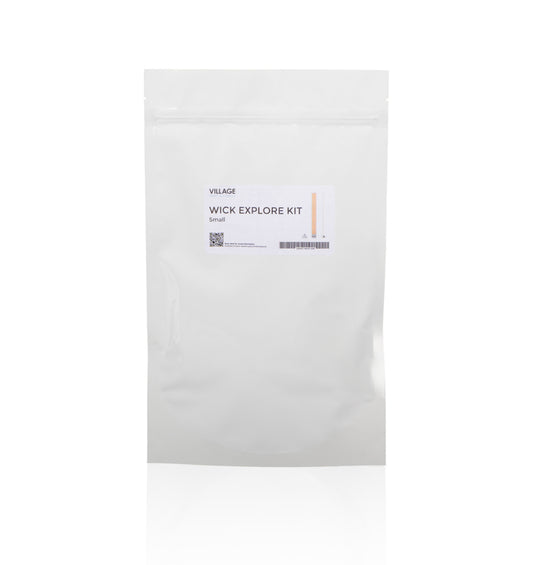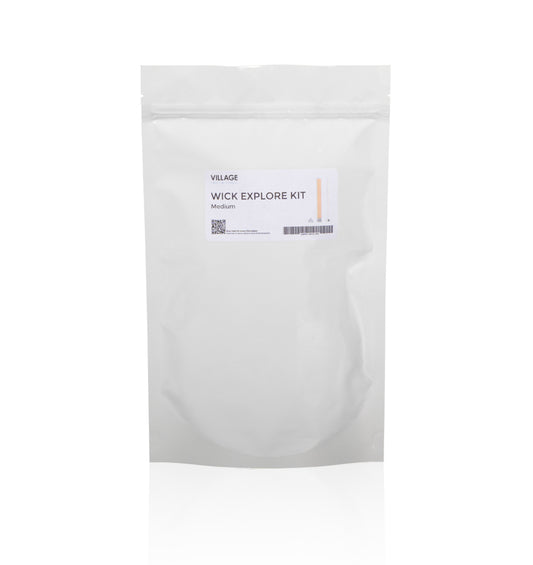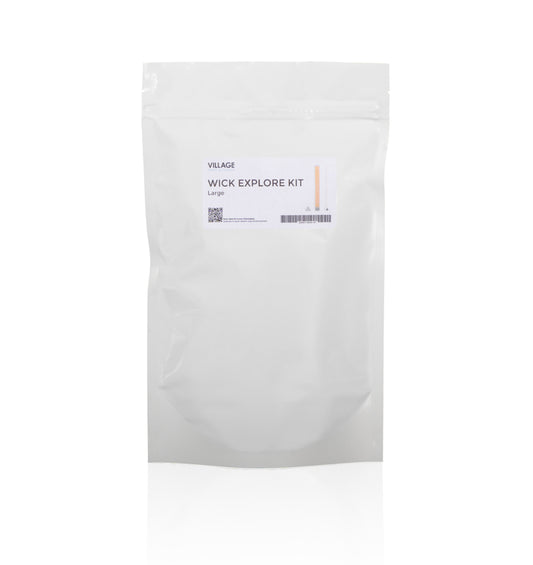Candle wicking for beeswax candles, soy candles, paraffin candles, gel creations and palm wax candles.
To learn more about wicks, be sure to view this wick chart. For a guided experience, see our Live Chat.
There is no such thing as a soot-free wax. All organic compounds when burned will emit some carbon (soot) due to incomplete combustion. Sooting is primarily a factor of wick length and flame disturbance.
The wicks ability to perform depends on the quality of ingredients in the candle. It can only work well if it is fed with quality fuel. The golden rule for making the perfect candle is test test test. Take the time necessary, run several rounds of testing, lighting and relighting multiple times.
The purpose of a wick is to deliver fuel (wax) to the flame. Acting like a fuel pump, the wick draws the liquefied wax up into the flame to burn. Different wick sizes allow for different amounts of fuel to be drawn into the flame. Too much fuel and the flame will flare and soot; too little fuel and the flame will sputter out.
Our wick chart offers recommendations only based on our waxes, and colour and fragrance load can alter results. TESTING is a must.
PLEASE NOTE: 12pks of wick are counted. Larger quantities such as the 100pk and the 500pk are counted by weight and may not be exact. All packs larger than the 12pk are approximate.




